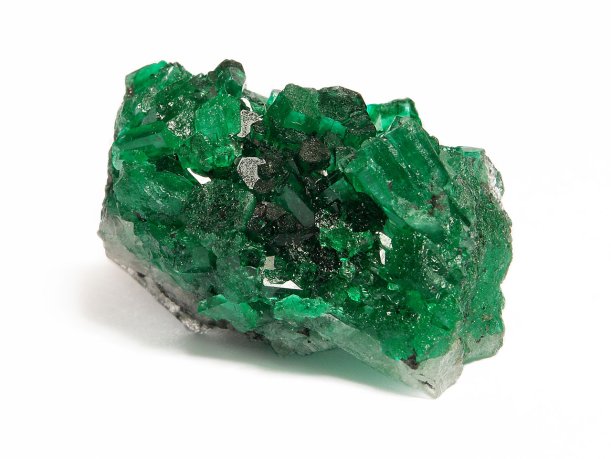
Beryllium, Be
A chemical element with atomic number 4. It is a toxic gray alkaline earth metal that occurs on Earth only as a chemical compound. It is a relatively rare element. The annual production of beryllium is about 220 tonnes. Most of it is extracted from beryl, well known for its gemstone variants, aquamarine or emerald. Beryllium has a high melting point of 1,560 kelvin, is opaque to X-rays, and has the ability to multiply neutrons.
In the nuclear power industry, beryllium is mostly used as a neutron reflector installed around the reactor core. Due to neutron scattering, it reflects neutrons back to the active zone, enhances fission reactions, and balances the neutron flux. The utilization of outer fuel assemblies is then better.
The combination of high melting point and low atomic number is why beryllium is used for plasma-facing components (first wall panels, divertor) in fusion reactors. It is also used in tritium breeders as a neutron multiplier.




